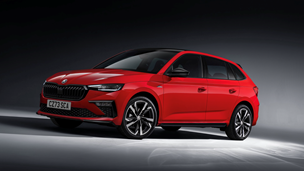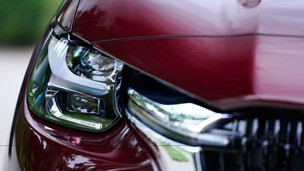Even if you haven’t seen these cars driving around everywhere, you will know of them; the low-riding cruisers, the lit-up neons and all the rest.
Still, what you might not know is where they came from. It’s understandable, as most of them are fairly obscure at best and, at worst, outright off-putting. Still, as it turns out, they’re also pretty interesting if we say so ourselves.
So, next time you stop at a traffic light next to one of these bad boys, now you can roll down your window and give the driver a good old-fashioned history lesson.
Underglow lights
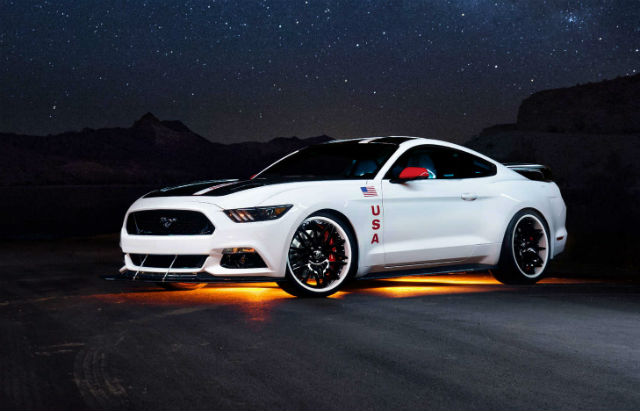
You might have seen somebody with an underglow kit before, more than likely either at a custom car show or attached to the bottom of an old Vauxhall Nova in your local Tesco car park.
Otherwise known as ground effects lighting, underglow lights use neon bulbs or LEDS mounted to the underside of the car’s chassis for a futuristic appeal straight out of a Ric Ocasek video.
You can thank inventor Andrew Wilson for that, a man who also lists sunglasses with visors affixed to the top of each lens as one of his crowning achievements, and who came up with the concept of underglow lights in 1987.
As an interesting addenda, Wilson officially changed his name to “They” in 2004. Not Andrew They or They Wilson, literally just “They”. Like Madonna, but more grammatically confusing.
“’They do this,' or 'They're to blame for that’, he told a local newspaper. “Who is this 'they' everyone talks about? 'They' accomplish such great things. Somebody had to take responsibility." Fair enough.
Anyway, They’s original concept used tubes filled with neon gas that glows red under high temperatures. The addition of other elemental gases could change the tubes colour to a maximum of around 150 hues, but the tubes were prone to break often while going over speed bumps.
These days, underglow kits are more likely to use LEDs. They are considerably less fragile than the older neon tubes and which can also be manufactured in more colours, with a variety of eyeball-burning effects like strobing.
Most commonly seen as an aftermarket add-on, some factory fresh models with underglow kits do exist, including Ford’s one-off Apollo Edition Mustang. Featuring orange underglow LEDs, the Apollo Edition aims to simulate the appearance of a space shuttle burning up on re-entry while on the road.
Donks
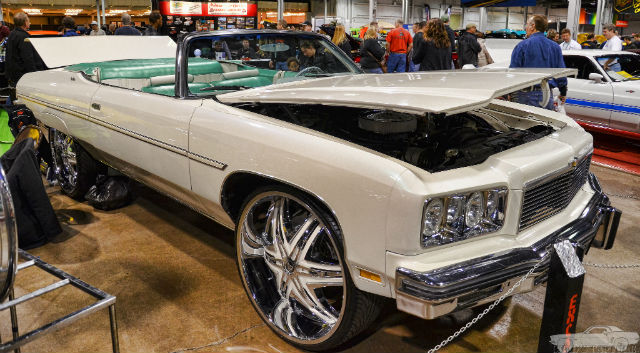
Also referred to as hi-risers, boxes and bubbles, a donk is generally characterised by its ridiculously massive wheels and gaudy paintjobs.
Though virtually non-existent in most parts of the world, donked-out cars are extremely popular in certain areas of the US, particularly in the South, and take the American ethos of “more is more” to its absolute extreme.
Built almost exclusively on the bodies of large American cars, donk culture started in the 1990s as a form of showing off perceived wealth in otherwise poor areas. The idea was that if you made a lot of money, you could afford flashy things like large chrome rims for your car.
Soon escalating into an extreme example of one-upmanship, this eventually led to an automotive arms race that saw donks on the roads with gigantic 40-inch wheels.
They’re not safe, they won’t make you go any faster and they certainly won’t make the cops like you. However, if it’s attention that you’re looking for, you’ll find it in spades if you own a donk.
Lowriders
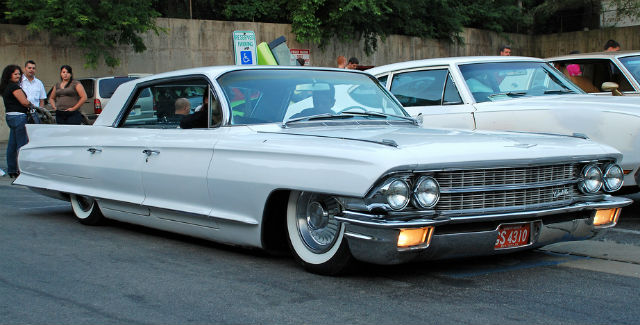
They might look quite ridiculous to the uninitiated, but modified lowrider cars actually have a deep-rooted history as a platform for social activism amongst Mexican-Americans.
Post-WWII motorists began slamming their whips in the Latin areas of East Los Angeles, and various lowrider clubs began forming in the 1950s when car customisation truly took off as a pastime. Still, the heavily lowered style didn’t truly catch on until Lowrider Magazine began circulating in 1977.
The magazine helped to support the Chicano Civil Rights Movement at its height in the 70s, with the stated goal of achieving Mexican-American empowerment and improving the conditions for Latinos in the US.
Fuelled by the heightened political activism and energised cultural pride amongst Mexican-Americans, early Lowrider issue focused not only on the cars, but also on social inequalities like police misconduct and media representation.
The cars themselves were a political statement too; by redesigning stock cars in ways that went against their original intended purpose, they acted as a clear reflection of the culture’s rebellion against the predominantly Anglo-Saxon status quo.
Initially, owners placed heavy sandbags in their car boots to create a lowered effect. However, as the demand for more extreme cars soared, specialised lowering blocks soon emerged, along with cut coil springs and custom frames.
Bumper stickers
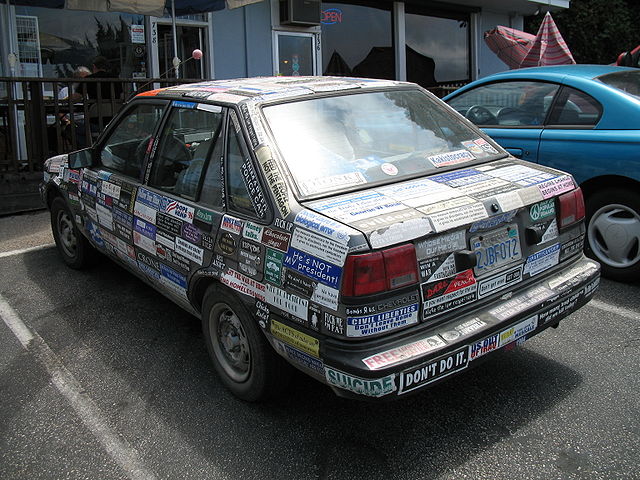
One for the “Why did nobody think of this sooner?” history books, the bumper sticker can be traced back to the 1940s. The idea emerged when the owner of a print shop unwittingly decided to change the game on the roads forever.
While motorists previously attached actual signs to their cars with wire or string, Forest Gill decided that he could come up with a simpler way for folks to advertise their interest and unsolicited political views.
With that aim in mind, he marched out to a car park in the middle of Kansas City, armed with a tape measure, and measured the bumper of the nearest car he could find. After going back into his shop, he started producing stickers with fluorescent paint and self-adhesive paper.
They proved an instant hit and Gill continued to improve on his designs and experimenting with adhesives which left less of a residue on the car’s finish and materials like vinyl which could survive the elements for longer.
Surprisingly, for nearly a decade bumper stickers tended to be travel souvenirs for drivers to let others know where they’d been; political stickers didn’t come to market until the 1952 presidential election.
Just think, if it wasn’t for Gill, you’d still be dragging your “Honk if you love Jesus” sign behind you like a set of rusty cans from a wedding car!
